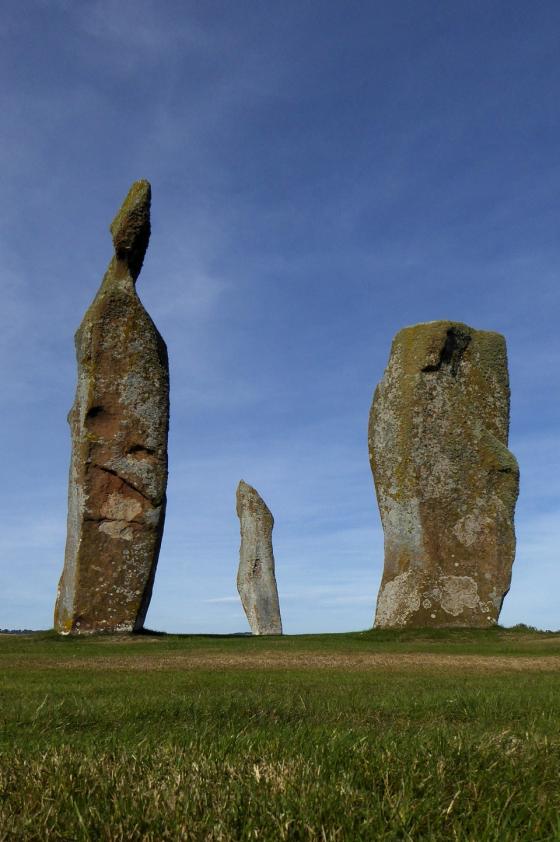In the first edition of that work (1826) Chambers recorded a tradition, which he had taken down the preceding year, to the effect that it was supposed by the people who lived in the neighbourhood of Largo Law, in Fife, that there was a very rich mine of gold under and near the mountain, and they were so convinced of the truth of this story, that whenever they saw the wool of a sheep’s side tinged with yellow, they thought it had acquired that colour from having lain above the gold of the mine.
A great many years ago a ghost made its appearance on the spot, supposed to be laden with the secret of the mine, and Chambers proceeds to tell the story of a shepherd who plucked up courage to accost it, and received the following reply to his demand to learn the reason of the spectre’s presence:—
If Auchindownie cock disna craw,
And Balmain horn disna blaw,
I’ll tell ye where the Gowd mine is in Largo Law.
Not a cock was left alive at the farm of Auchindownie, but man was more difficult to control, for just as the ghost appeared, ready to divulge the secret, Tammie Norrie, the cow-herd of Balmain, heedless of all injunctions to the contrary, ” blew a blast both loud and dread,” on which the ghost immediately vanished, after exclaiming :—
Woe to the man who blew the horn,
For out of the spot he shall ne’er be borne.
In fulfilment of this denunciation the unfortunate horn-blower was struck dead upon the spot, and it being found impossible to remove his body, which seemed, as it were, pinned to the earth, a cairn of stones was raised over it, which, grown into a green hillock, was denominated Norrie’s Law and for long was regarded as uncanny by the common people. But it appears that in 1810 a man digging sand at Norrie’s Law found a cist or stone coffin containing a suit of scale-armour, with shield, sword-handle, and scabbard, all of silver.
This discovery was recorded by Chambers in later editions of his work, in which it is further stated that the finder kept the secret until nearly the whole of the pieces had been disposed of to a silversmith at Cupar; but on one of the few that remain it is remarkable to find the ” spectacle ornament,” crossed by the so-called ” broken sceptre,” thus indicating a great though uncertain antiquity.
Redescribed in N+Q Aug 17, 1901.







































